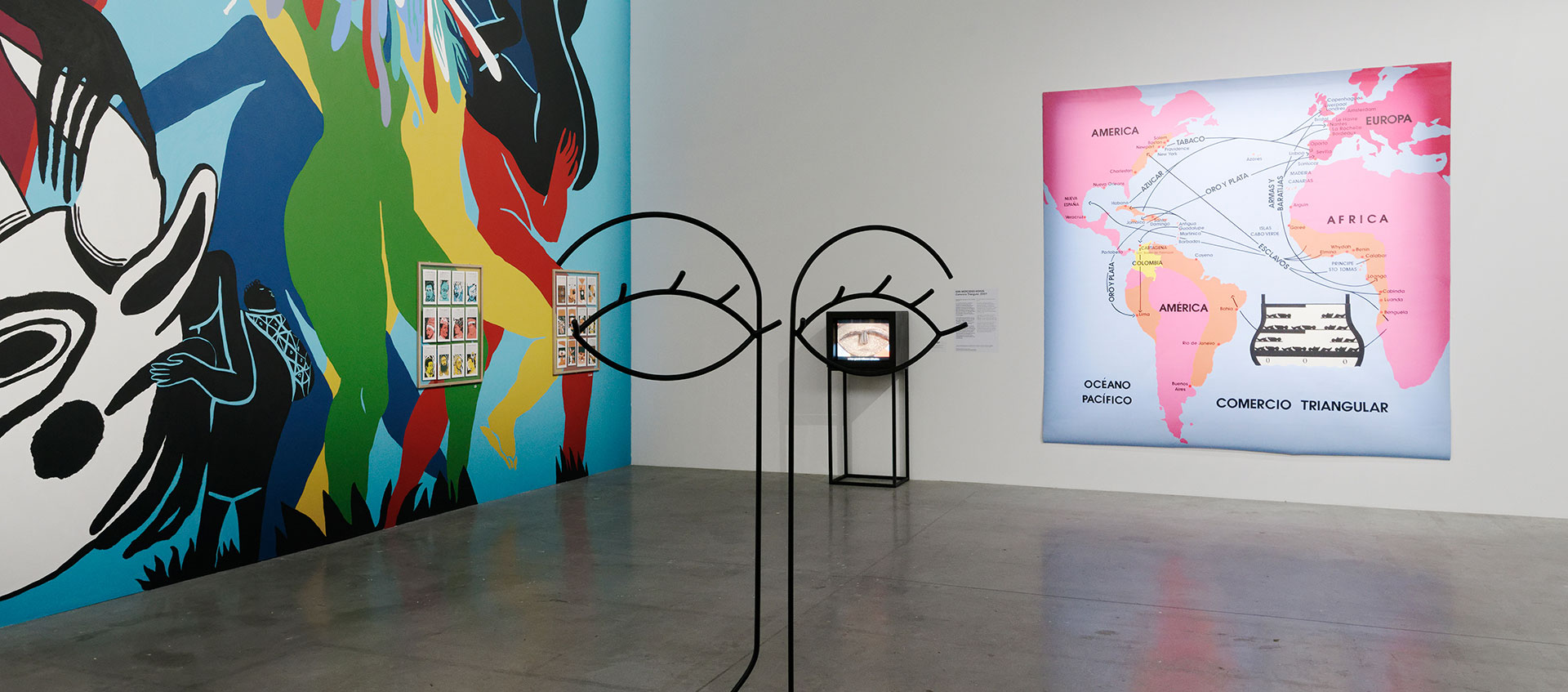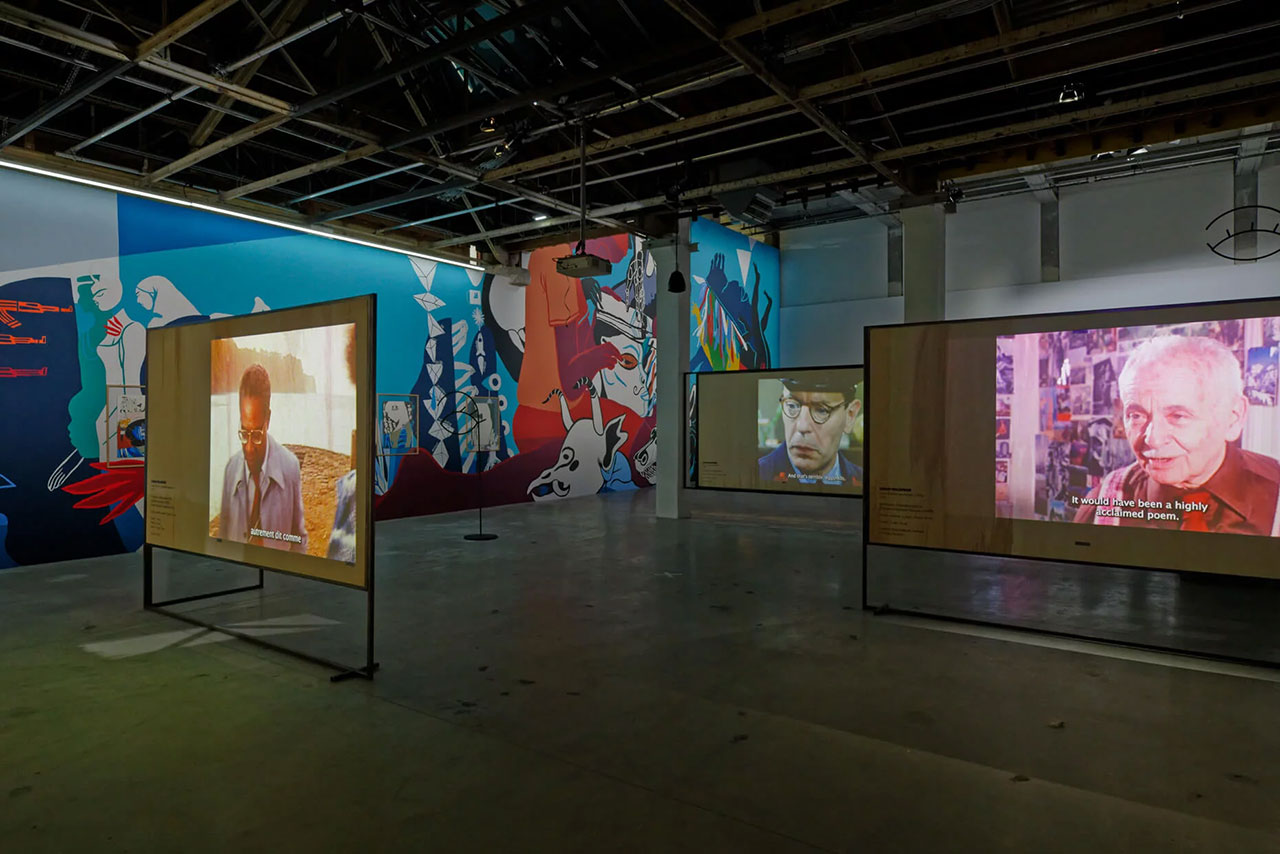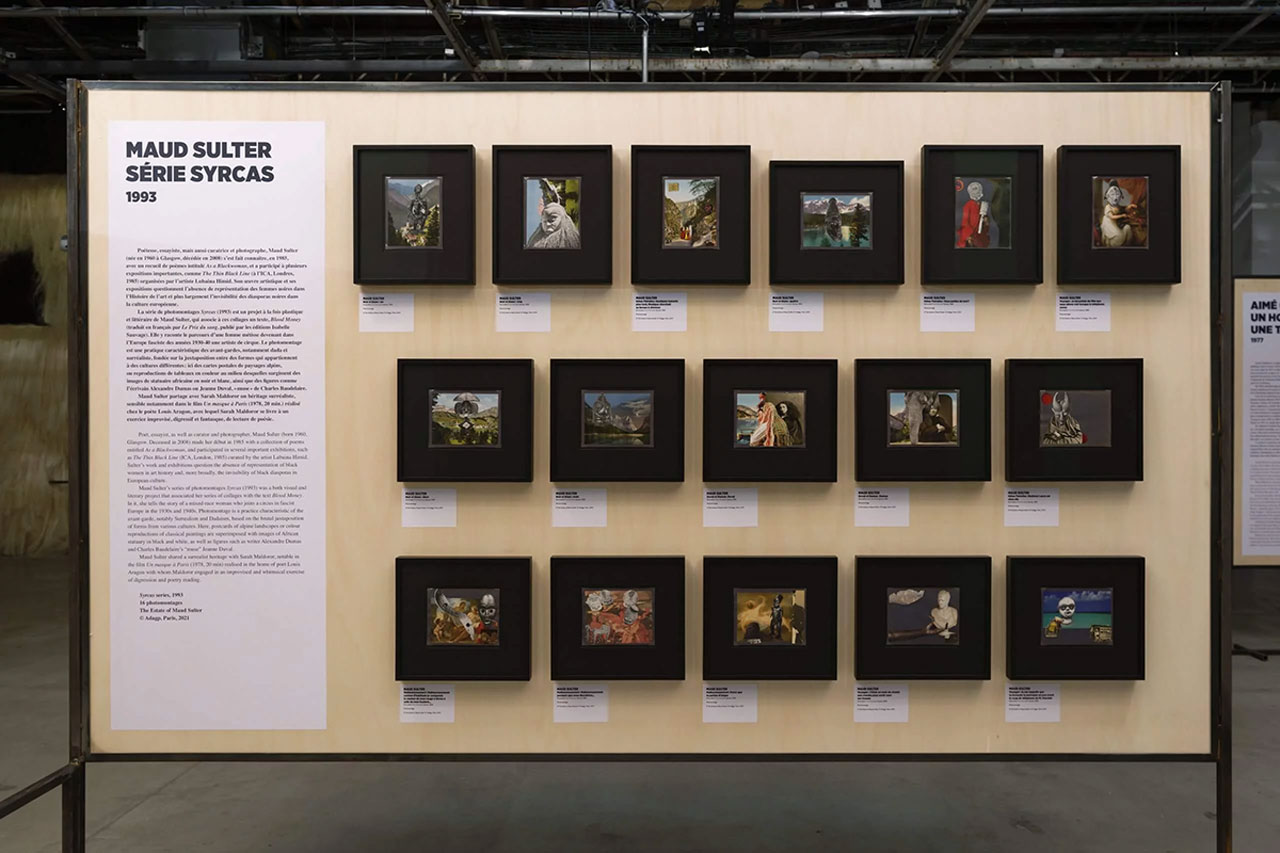PRESENTATION: Sarah Maldoror-Tricontinental Cinema
 Born in France to a Guadeloupean father and a French mother, Sarah Maldoror is remembered as one of the first female filmmakers to document the anti-colonial struggle in Africa. For that reason, she’s often labelled the matriarch of African cinema, a weighty title but one that encapsulates the filmmaker’s passion, love and dedication to the camera as a tool for radical, feminist liberation for a continent bearing the weight of colonial oppression.
Born in France to a Guadeloupean father and a French mother, Sarah Maldoror is remembered as one of the first female filmmakers to document the anti-colonial struggle in Africa. For that reason, she’s often labelled the matriarch of African cinema, a weighty title but one that encapsulates the filmmaker’s passion, love and dedication to the camera as a tool for radical, feminist liberation for a continent bearing the weight of colonial oppression.
By Dimitris Lempesis
Photo: Wexner Center for the Arts Archive
The spirit of the exhibition “Sarah Maldoror: Tricontinental Cinema” is the celebration of the underrecognized voice of Sarah Maldoror (1929–2020), a daring filmmaker who stood up for the liberation of colonized countries and their people, for justice and antiracism, as well as for poetry and beauty, to the point where she sometimes paid the price for being a free mind and maverick. Sarah Maldoror is remembered as one of the first female filmmakers to document the anti-colonial struggle in Africa. For that reason, she’s often labelled the matriarch of African cinema, a weighty title but one that encapsulates the filmmaker’s passion, love, and dedication to the camera as a tool for radical, feminist liberation for a continent bearing the weight of colonial oppression. Sarah Maldoror’s story as we know it begins in Paris in the 1950s. She was deeply influenced by the avant-garde art movements happening at the time and developed a network of fellow artists, writers, and intellectuals. One movement in particular, Négritude, had a strong impact on Maldoror. Most of the countries in Africa were colonized in the late 1800s by European powers, in particular France, Great Britain, Portugal, and Germany. For Maldoror and many other Black intellectuals in Paris at this time, reframing Black culture meant returning to the roots of the Black African experience, despite being surrounded by the European colonial context and even speaking and writing, Sarah Maldoror was interested in telling the stories of those impacted by revolutions, especially women. The films of her African trilogy, “Monangambeee” (1969), “Sambizanga” (1972), and the now lost “Des fusils pour Banta” (1970), feature female protagonists whose lives were directly affected by the revolution. Maldoror’s first film, the short “Monangambeee”, depicts an Angolan woman whose partner is tortured due to a misunderstanding when she visits him in a Portuguese controlled prison. In “Sambizanga”, we follow a young mother, Maria, on her search for her partner, Domingos, who has been arrested by Portuguese colonial police for his role in the Angolan War of Independence. Maria walks long distances with her baby on her back, determined to bring back her partner despite misleading interactions with police. Mathieu Kleyebe Abonnenc’s “Préface à des fusils pour Banta” (2011) reconstructs Maldoror’s lost film, which was confiscated by the government of Algeria at the time of its production because it focused on a female resistance fighter. By the late 1970s, Sarah Maldoror had returned from Africa to France. She had witnessed a political transformation in Africa, where many countries gained national independence from their colonizers through liberation movements. Yet the question of Black liberation remained. Now that freedom had been won, what sort of society would take colonialism’s place? This question is explored in Maldoror’s trilogy of films made in Guinea-Bissau and Cape Verde in the aftermath of their struggles for independence. These films highlight the new governments’ effort to foster a postcolonial culture that combined African traditions with the rebellious spirit of revolution.
At the same time, Maldoror turned her attention back to Paris in her 1981 film “Un dessert pour Constance”. The film tells the story of two African migrants in need of money to send a sick friend back to his home in Africa. So what do they do? They become experts in French cuisine and win a TV cooking-show contest. The film cleverly reappropriates the prized culinary traditions in France to demonstrate solidarity among members of the African diaspora. It flips the colonial narrative on its head. Soñ Gweha’s multimedia installation “Des safous pour les Bayam-Sellam” (2021) also examines the dynamics of postcolonial cultural exchange between France and Africa through food. The sculpture features bowls of ceramic replicas of safous, which are purple African plums that are sold in markets in Paris. For Gweha, this transaction echoes the experience of women street vendors in Cameroon, called Bayam-Sellam—a slang name for women who buy food in villages to resell in urban markets. In the 1970s, Gweha’s grandmother engaged in Bayam-Sellam work to raise money for revolutionary fighters during the struggle for Cameroonian independence. The gold metallic paint used for Hoyos’s “Oro Negro” paintings draws us in with its seductive richness. The series title references a colloquial term Europeans used to call enslaved Africans, who were treated as commodities for sale. The routes of the transatlantic slave trade are mapped on Hoyos’s painting “Comercio Triangular (2007), which is presented nearby. The objects rendered in gold, including eighteenth-century manacles, reference colonial violence and consider how one might process the legacy of slavery. The sisal fiber of Maya-Bantu is alluring in its texture and volume. It begs us to come closer and think about where we have seen it before. Commonly used as a building material, sisal was a Mexican imported cash crop harvested by Bantu laborers on plantations in Tanzania. Maldoror understood the persuasive power of the visual image. She was often criticized for making beautiful films. She pictured Africa in vibrant jewel tones and focused her lens on sweeping landscapes. Though she told tragic, painful stories, such as the torture of resistance fighters in “Monangambeee” and “Sambizanga”, the imagery of her films was one of collectivity and support—of communities coming together to enact social change. The French Gabonese artist and illustrator Maya Mihindou developed a commissioned work as part of the exhibition. Her mural “La Chercheuse d’or” took the form of an enormous tableau of larger-than-life figures that together conveyed the radical spirit of Maldoror’s life and work. Channeling Mihindou’s research into the numerous cultural and political figures who appear in Maldoror’s films, the mural also included framed silk-screen prints resembling tarot cards. For the Wexner Center commission, Mihindou took these cards as a starting point, creating a new mural based on this constellation of interlocutors, recalling their conversations or imagining hypothetical encounters.
Participating Artists: Mathieu Kleyebe Abonnenc, André Acquart, Melvin Edwards, Soñ Gweha, Ana Mercedes Hoyos, Kapwani Kiwanga, Wifredo Lam, Sarah Maldoror, Chris Marker, Maya Mihindou, Chloé Quenum, Maud Sulter,
Photo: Sarah Maldoror, Tricontinental Cinema, Installation view at Palais de Tokyo, 2022. Courtesy of Palais de Tokyo. Photo: Aurélien Mole
Info: Curators: François Piron & Cédric Fauq, Wexner Center for the Arts, 1871 N. High Street, The Ohio State University, Columbus, Ohio, USA, Duration: 3/2-28/4/2024, Days & Hours: Tue-Wed 10:00-18:00, Thu 10:00-20:00, Fri 18:00-23:00, Sat-Sun 10:00-17:00, https://wexarts.org/



